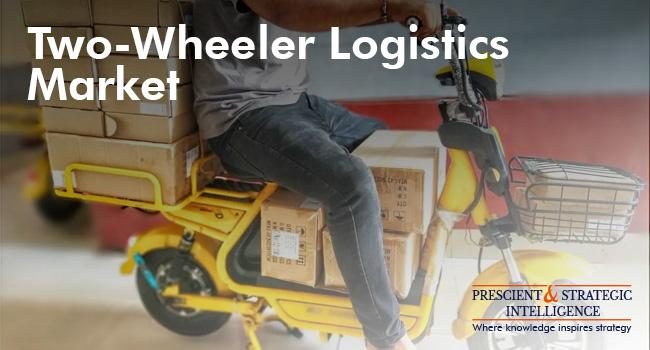The two-wheeler logistics market will experience remarkable growth, at a CAGR of 20%, by the end of this decade to reach USD 355,631.2 million by 2030.
This expansion of the industry can be attributed to various factors, including the convenience and cost-effectiveness of these services, the booming e-commerce industry, and the integration of real-time tracking technology.
Moreover, the COVID-19 pandemic accelerated the growth of e-commerce, online food delivery, and grocery services. With people seeking contactless alternatives, e-commerce provided a wide range of products, ensuring business continuity during lockdowns. Customers turned to online platforms to order essential items such as groceries, ready-to-eat food, and medicines, resulting in the growth of the industry.
Scooters held the largest market share among vehicle types in the past. Their ease of mobility, rapid acceleration, and lightweight structure make them ideal for transporting goods within cities.
E-commerce delivery services also claimed a significant market share. The dominance of this category stems from the increasing customer base that expects fast, free shipping, and competitive pricing.
Furthermore, the electric category is expected to witness faster growth based on propulsion type. EVs offer eco-friendly, efficient, and cost-effective transportation options for delivery service providers. As per some of the studies, EVs cost less than half in operations compared to conventional vehicles, making them a favorable choice.
The B2C category is projected to experience rapid growth based on end-use. Changing consumer purchasing behaviour, driven by the increasing familiarity with smartphone apps and internet platforms, contributes to the growth of omnichannel and organized shopping experiences.
